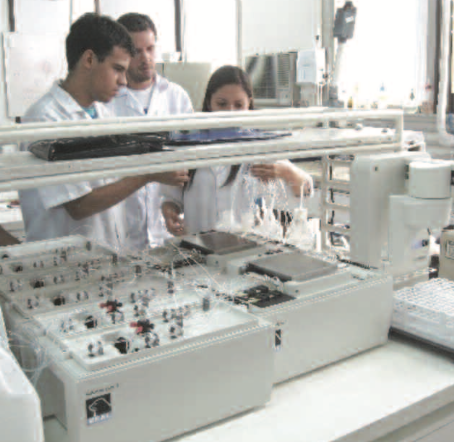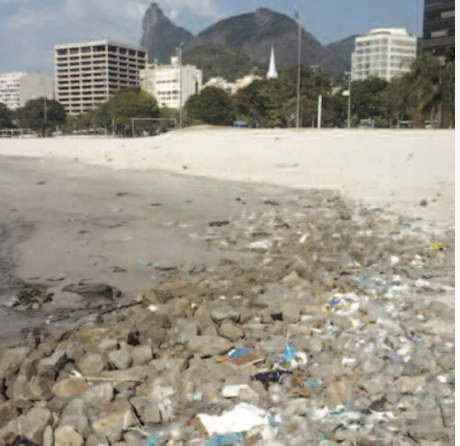Customer Highlight
Scientists at the Federal University of Rio de Janeiro,
who have been testing the waters around Rio for the last 20 years, expressed disappointment with the lack of preparation for the 2016 Olympics. Employing advanced technology from SEAL Analytical, the university’s marine biology laboratory revealed worrying trends for parameters such as ammonia, nitrate and phosphate.
Guanabara Bay sits beneath the iconic Sugar Loaf Mountain, and was the location for the sailing events of the 2016 Olympics. However, practicing international contestants had complained of detritus in the water presenting a hazard. “Sailors have reported floating TV sets, sofas and dead animals,”says the University’s Professor Rodolfo Paranhos.“These items present a physical hazard that can damage a yacht or get caught up in the rudder, causing it to lose its place in a race. However, chemical and biological pollution represents a potentially more serious threat, because of the diseases that can arise from sewage pollution.”
Greater Rio has a population of over 10 million people. Every day, millions of liters of untreated sewage are discharged into Guanabara Bay and into the rivers that feed it. As a result, these rivers are largely anoxic – incapable of supporting normal aquatic life. The analysis of water samples from Guanabara Bay revealed worrying trends in water pollution. High levels of ammonia and total nitrogen have been caused by population growth without concurrent growth of sanitary infrastructure. As a result, the area’s rivers are largely dead, biodiversity is damaged, and some of Rio’s beaches are unsafe for swimming or other water based activities.
With the benefit of 20 years of data, the University’s laboratory was able to identify both pollution incidents and long-term trends. “This necessitates the analysis of large numbers of samples, with a major focus on accuracy and reliability,” says Rodolfo. “So, we participate in an international calibration exercise to ensure that our results are highly accurate, and the installation in 2012 of a five channel SEAL AA3 automated continuous segmented flow analyzer, has provided a tremendous increase in sample throughput capacity.
“Prior to the arrival of the AA3, all of our samples were individually tested manually with a spectrophotometer, but we are now able to analyze multiple samples simultaneously for parameters such as ammonia, nitrate, nitrite, orthophosphate, silicates, total nitrogen and total phosphorus. Typically, we test 40 to 50 samples per day, but with the AA3 we can easily increase this to 100 when necessary. This means that we are now able to test many more samples with the same level of funding so I am naturally extremely happy with the SEAL analyzer.”
In summary, automated segmented flow analyzers enable laboratories to dramatically increase work flow, while maintaining high levels of accuracy and reliability without incurring high operational costs. These benefits are exemplified by the marine biology laboratory at the Federal University of Rio de Janeiro, which has demonstrated the advantages of long-term monitoring programs in the identification of water quality trends.
|
  |